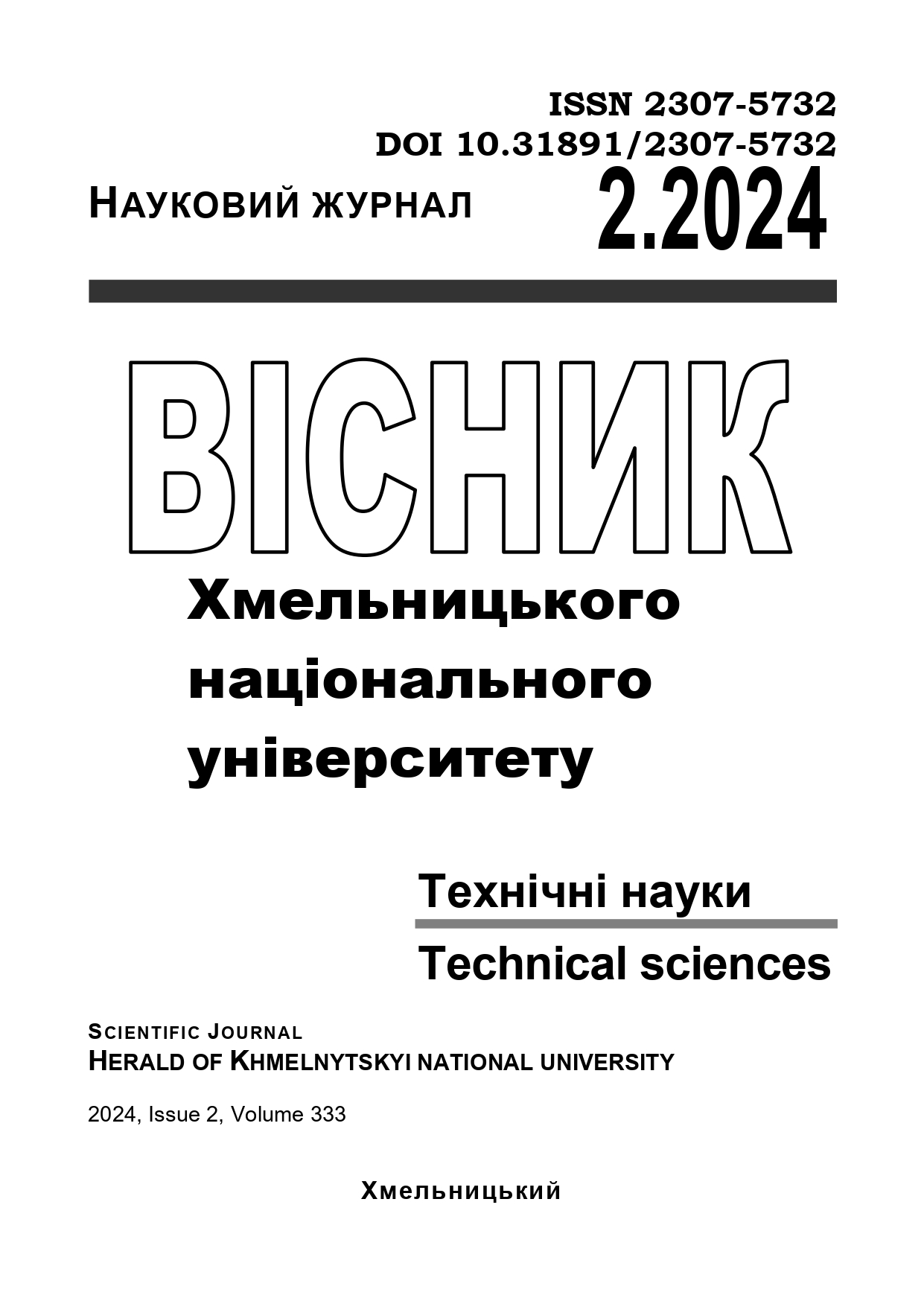ASPECTS OF CLASSIFICATION OF IOT DEVICES AND SYSTEMS IN THEIR IMPLEMENTATION
DOI:
https://doi.org/10.31891/2307-5732-2024-333-2-48Keywords:
Internet of Things, IoT tools, IoT systems, classification, communication channels, interface, data transmission channelsAbstract
This paper proposes an expanded classification of Internet of Things (IoT) devices that provides a comprehensive view of their diversity, uses, technological aspects, and methods of data collection, processing, and transmission. The focus is on systematizing the wide range of IoT devices used in various contexts, from individual autonomous units to complex information systems. The development of IoT technologies leads to a significant variety of solutions, which, in turn, requires a flexible but at the same time structured classification.
It is of great interest to analyze the key parameters of IoT devices, including types of communication channels, data transmission methods, power consumption levels, application areas, user interfaces, and operating conditions. These factors have a direct impact on the design, implementation, and use of IoT systems in various fields, including industry, consumer, healthcare, and smart cities. Understanding these parameters allows developers and researchers to adapt IoT solutions to the specific needs of users and their environment, ensuring high efficiency and satisfaction of end-user requirements.
The article pays special attention to the analysis of the relationship between different aspects of the classification, which allows to identify an integrated approach to the implementation of IoT in various fields. This approach not only contributes to a better understanding of the potential of the Internet of Things, but also opens up new perspectives for the development of innovative solutions that meet modern technological and social challenges. The use of this classification will facilitate the development of IoT ecosystems, integration of various devices and platforms, and secure and reliable interaction between them.
This classification becomes the basis for a deeper understanding of the scope and capabilities of the Internet of Things, which is crucial for ensuring their efficiency, security and adaptation to the requirements of the modern world. It is expected that the approaches and classifications discussed will contribute to further progress in the field of IoT, paving the way for innovation and improving the quality of life on a global scale.

